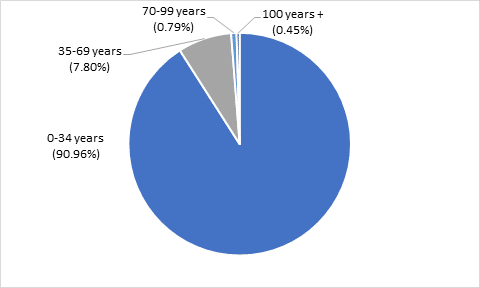A total of 996 hectares were reported as planted in South Australia in 2019/20. This represents a net increase of 520 hectares in the last 12 months, taking the total vineyard area in the state to 76,008 hectares.
The largest area of plantings in 2019-20 was in the Coonawarra wine region, followed by the Riverland (Figure 1). Of new plantings in 2019-20, Cabernet Sauvignon was the most planted red variety by area and Fiano the most planted white variety by area.
This information comes from Vinehealth Australia’s Vineyard Register, which is a database of every vineyard in South Australia of more than 0.5 hectares in size. The Register contains ownership details, parcel and land titles information, vineyard area, grape variety, rootstock and age of vines.
Total vineyard area in South Australia has remained relatively static in the range of 75,000 to 79,000 hectares since 2006.
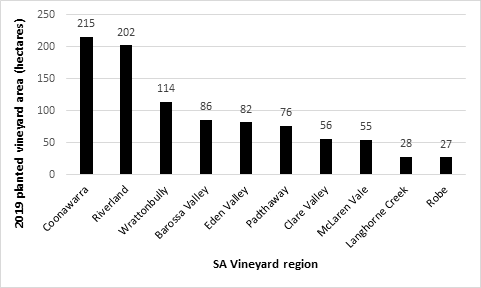
The vast majority of South Australia’s registered vineyard owners have vineyards that are less than 10 hectares in size, with only a small proportion owning vineyards above 100 hectares in size (Figure 2).
The 124 vineyard owners with greater than 100 hectares each, account for 41% of the vineyard area in South Australia. By comparison the 1,952 vineyard owners with less than 10 hectares of vineyard each, account for only 11% of total vineyard plantings in the state.
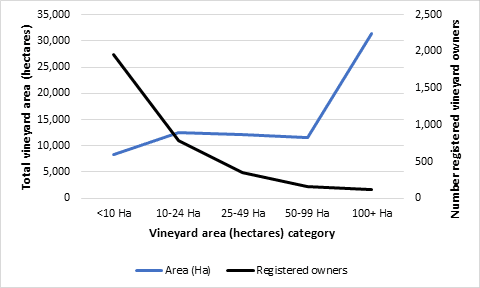
Figure 3 shows the split of the total 76,008 hectares of vineyards in South Australia by major grape variety, with the top three varieties, Shiraz, Cabernet Sauvignon and Chardonnay accounting for 72% of the total area planted to vineyards.
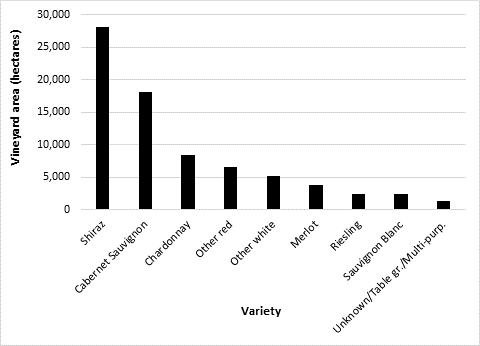
It is important to continue to highlight the vulnerability of South Australian vineyards to phylloxera. Data for 2019-20 in the Vineyard Register shows that 77% of area under vine in South Australia is planted to vines on own roots, which are susceptible to attack by phylloxera (Figure 4). The top four rootstocks planted by area in the state are Ramsey, Paulsen 1103, 101-14 and Ruggeri 140 (Figure 4).
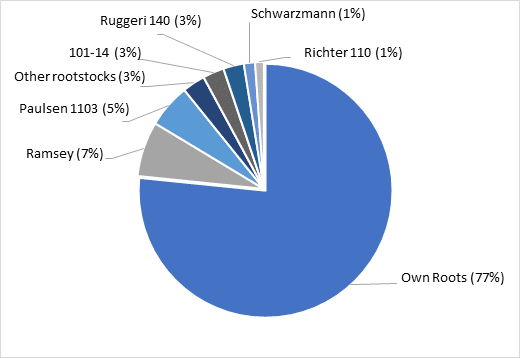
South Australia holds some of the oldest vineyards in the world and analysis of area by vine age shows that 0.45% of vineyard holdings are 100 years or older (Figure 5).
